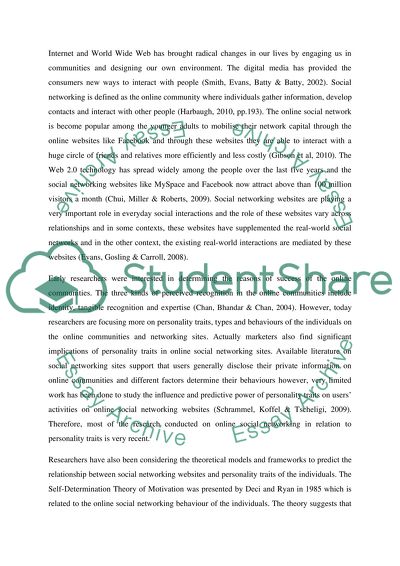Cite this document
(“A study on the attitudes of Social networking sites in relation to Literature review”, n.d.)
Retrieved from https://studentshare.org/gender-sexual-studies/1406319-a-study-on-the-attitudes-of-social-networking
Retrieved from https://studentshare.org/gender-sexual-studies/1406319-a-study-on-the-attitudes-of-social-networking
(A Study on the Attitudes of Social Networking Sites in Relation to Literature Review)
https://studentshare.org/gender-sexual-studies/1406319-a-study-on-the-attitudes-of-social-networking.
https://studentshare.org/gender-sexual-studies/1406319-a-study-on-the-attitudes-of-social-networking.
“A Study on the Attitudes of Social Networking Sites in Relation to Literature Review”, n.d. https://studentshare.org/gender-sexual-studies/1406319-a-study-on-the-attitudes-of-social-networking.


